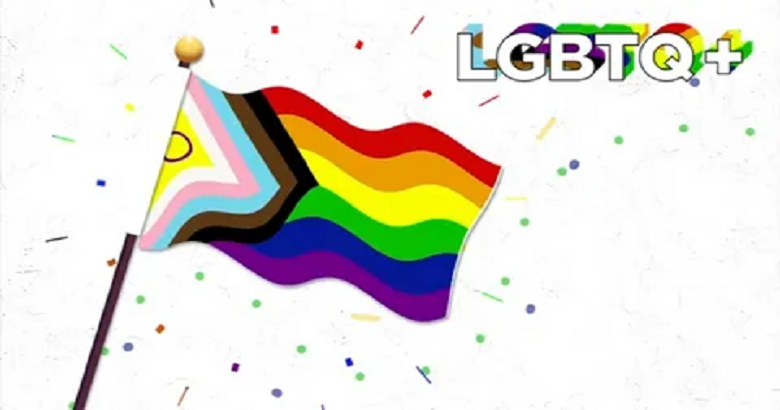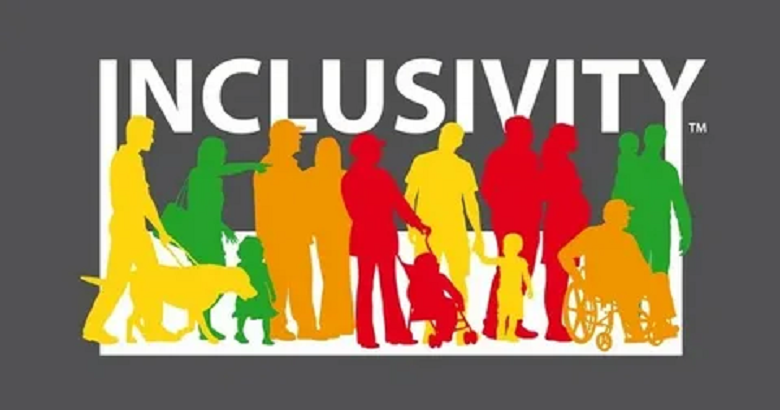
In recent years, the acronym LGBTQ+ has become widely recognized and used to represent a diverse community of individuals with various sexual orientations and gender identities. However, understanding what each letter stands for and the broader implications of the acronym can sometimes be confusing. This blog post aims to clarify what LGBTQ+ means, explore the history and significance of each component, and highlight the importance of inclusivity and acceptance.
The Basics of LGBTQ+
LGBTQ+ stands for Lesbian, Gay, Bisexual, Transgender, Queer/Questioning, and the “+” sign includes other sexual orientations and gender identities that are not specifically covered by the initial letters. Here’s a breakdown of each component:
- Lesbian: A lesbian is a woman who is romantically and/or sexually attracted to other women.
- Gay: Gay typically refers to a man who is romantically and/or sexually attracted to other men, but it can also be used as an umbrella term to describe anyone attracted to the same gender.
- Bisexual: Bisexual individuals are those who are attracted to more than one gender, typically both men and women.
- Transgender: Transgender people have a gender identity that differs from the sex they were assigned at birth. This includes trans men (assigned female at birth but identified as male), trans women (assigned male at birth but identified as female), and non-binary individuals (those who do not exclusively identify as male or female).
- Queer/Questioning: Queer is an inclusive term that encompasses a variety of sexual orientations and gender identities. It can be a powerful term of self-identification for many. Questioning refers to individuals who are exploring their sexual orientation or gender identity.
- + (Plus): The “+” sign represents other identities and orientations that are not explicitly covered by LGBT or Q, such as Pansexual, Asexual, Intersex, and many others.
Historical Context
Understanding the historical context of the LGBTQ+ acronym is crucial for appreciating its significance. The acronym has evolved over time to become more inclusive and representative of the diverse experiences within the community.
- Lesbian and Gay: The modern LGBTQ+ rights movement began in earnest in the mid-20th century. The Stonewall Riots of 1969 in New York City are often cited as a pivotal moment in the fight for LGBTQ+ rights, leading to increased visibility and activism for gay and lesbian individuals.
- Bisexual: The inclusion of bisexual individuals in the broader movement has historically been complicated by misconceptions and stereotypes. However, bisexual activism has grown, emphasizing the validity of bisexual identity and its unique challenges.
- Transgender: The transgender community has always been a part of the broader LGBTQ+ movement, but only recently has it gained more visibility and understanding. Prominent figures and increased advocacy have helped bring transgender issues to the forefront.
- Queer: The term “queer” was once used as a derogatory slur but has since been reclaimed by many within the community as a term of empowerment and inclusivity. It encompasses a broad spectrum of identities and orientations.
- Plus (+): The “+” acknowledges the existence and importance of identities beyond the more commonly known categories. This inclusivity reflects the ongoing evolution of language and understanding within the community.
Importance of Inclusivity

The LGBTQ+ acronym highlights the importance of inclusivity and recognition of diverse identities and experiences. Each letter and symbol represents a distinct group with unique challenges and contributions to the community. Understanding and respecting these differences is crucial for fostering a supportive and accepting environment.
- Visibility and Representation: Each identity within the LGBTQ+ spectrum deserves visibility and representation. Media, education, and public discourse that include diverse LGBTQ+ experiences help combat stereotypes and promote understanding.
- Intersectionality: The LGBTQ+ community is diverse not only in terms of sexual orientation and gender identity but also in terms of race, ethnicity, socioeconomic status, and other factors. Acknowledging intersectionality is essential for addressing the unique challenges faced by individuals who belong to multiple marginalized groups.
- Advocacy and Rights: Advocacy for LGBTQ+ rights must consider the specific needs and issues of different groups within the community. For example, transgender individuals face different legal and social challenges than cisgender gay or lesbian individuals. Comprehensive advocacy efforts must address these varied experiences.
Challenges Facing the LGBTQ+ Community
Despite significant progress in recent years, the LGBTQ+ community continues to face numerous challenges. Understanding these issues is essential for fostering empathy and driving change.
- Discrimination and Violence: Many LGBTQ+ individuals face discrimination in various aspects of life, including employment, housing, and healthcare. Additionally, hate crimes and violence against LGBTQ+ people, particularly transgender individuals and people of color, remain a serious concern.
- Mental Health: The LGBTQ+ community experiences higher rates of mental health issues, including depression, anxiety, and suicidal ideation, often due to societal stigma, discrimination, and lack of acceptance.
- Legal Inequality: While there have been significant legal advancements, such as marriage equality in many countries, legal protections for LGBTQ+ individuals vary widely. In some places, LGBTQ+ people still lack basic rights and protections.
- Healthcare Access: LGBTQ+ individuals often face barriers to accessing appropriate healthcare, including discrimination from healthcare providers and lack of knowledge about LGBTQ+-specific health issues. Transgender individuals, in particular, may struggle to access gender-affirming care.
Moving Forward
Addressing the challenges faced by the LGBTQ+ community requires concerted efforts from individuals, organizations, and governments. Here are some ways to support and advocate for LGBTQ+ rights and inclusivity:
- Education and Awareness: Educate yourself and others about LGBTQ+ issues, terminology, and history. Increased awareness can help combat stereotypes and promote understanding.
- Supportive Policies: Advocate for policies and legislation that protect and support LGBTQ+ rights, such as anti-discrimination laws, hate crime protections, and healthcare access.
- Inclusive Environments: Create and support inclusive environments in schools, workplaces, and communities. This includes implementing LGBTQ+-inclusive policies, providing resources and support, and fostering a culture of acceptance.
- Allyship: Be an active ally to the LGBTQ+ community. This means listening to LGBTQ+ voices, standing up against discrimination, and using your platform to support LGBTQ+ rights.
Wrapping Up
Understanding what LGBTQ+ means involves recognizing the diverse identities and experiences within the community. Each component of the acronym represents a group with unique challenges and contributions, and inclusivity is key to fostering a supportive environment. By educating ourselves, advocating for rights, creating inclusive spaces, and being active allies, we can help ensure that all individuals, regardless of their sexual orientation or gender identity, are respected and valued.
Frequently Asked Questions
1. What does the acronym LGBTQ+ stand for?
LGBTQ+ stands for Lesbian, Gay, Bisexual, Transgender, Queer/Questioning, and the “+” sign includes other sexual orientations and gender identities not explicitly covered by the initial letters, such as Pansexual, Asexual, and Intersex.
2. Why is inclusivity important in the LGBTQ+ community?
Inclusivity is crucial because it ensures that all individuals, regardless of their specific identity, feel recognized, respected, and supported. It helps combat stereotypes, promotes understanding, and addresses the unique challenges faced by different groups within the LGBTQ+ community.
3. What historical event is often cited as a pivotal moment in the LGBTQ+ rights movement?
The Stonewall Riots of 1969 in New York City are often cited as a pivotal moment in the LGBTQ+ rights movement. These riots marked a significant turning point, leading to increased visibility and activism for gay, lesbian, and broader LGBTQ+ rights.
4. What challenges do LGBTQ+ individuals still face today?
LGBTQ+ individuals face numerous challenges, including discrimination in employment, housing, and healthcare, higher rates of mental health issues due to societal stigma, and legal inequalities. Additionally, violence and hate crimes against LGBTQ+ people, particularly transgender individuals and people of color, remain serious concerns.
5. How can someone be an active ally to the LGBTQ+ community?
Being an active ally involves educating oneself about LGBTQ+ issues, listening to and amplifying LGBTQ+ voices, standing up against discrimination, supporting inclusive policies, and creating safe and welcoming environments in various spaces, such as schools and workplaces.
